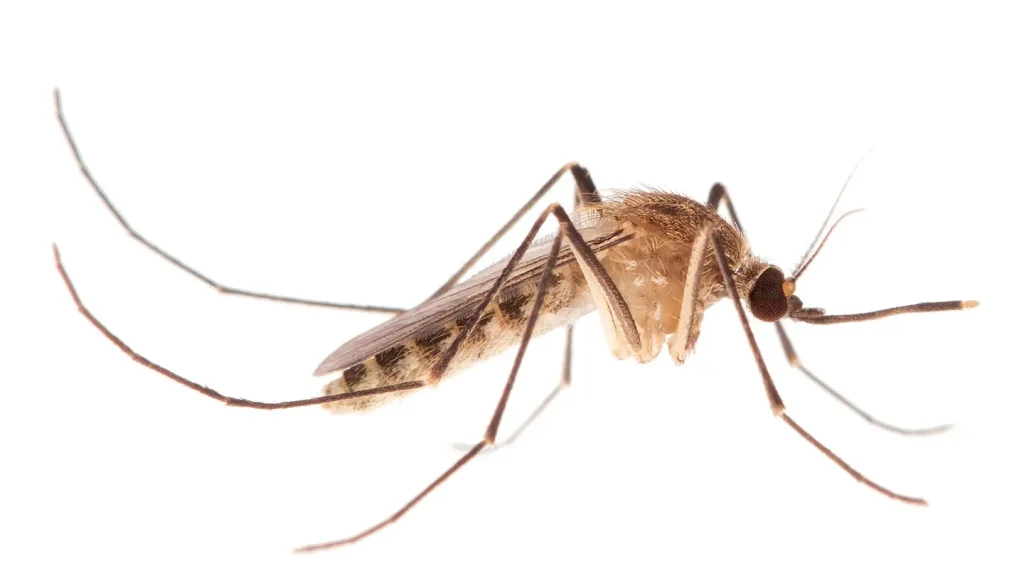The Ancient Origins of Underground Mosquitoes: A Tale of Human Coevolution
In the dimly lit tunnels of subways and the damp, hidden networks of sewers across the world, a specialized mosquito has made its home. Known scientifically as Culex pipiens forma molestus, these underground biters have long been thought to be a relatively recent adaptation to modern urban environments. But new research published in Science reveals a much more ancient story—one that connects these persistent pests not to Victorian-era London Underground tunnels, but to the earliest human civilizations of the Mediterranean.
For decades, the scientific community embraced a compelling narrative that these underground mosquitoes had evolved specifically within the London Tube system over the past century or two. This urban evolution story became a textbook example of rapid adaptation to human-created environments. The mosquitoes seemed perfectly suited to their subterranean lifestyle, developing unique traits not found in their aboveground relatives: they can breed in confined spaces without needing open water, and remarkably, females can produce their first batch of eggs without requiring a blood meal—a significant adaptation for survival in environments where hosts might be scarce.
This widely accepted origin story has now been dramatically rewritten by an international team of over 200 scientists who undertook a massive genomic investigation. Led by Yuki Haba, an evolutionary biologist now at Columbia University, the researchers compiled and analyzed the full genetic instructions of 357 northern house mosquitoes collected from 77 locations throughout western Eurasia. Their findings reveal that the molestus lineage diverged from their bird-biting cousins between 1,300 and 12,500 years ago—far predating modern urban infrastructure. Rather than evolving in Victorian subway tunnels, these mosquitoes likely adapted to human settlements in the Mediterranean and Middle East, taking advantage of early agricultural societies that provided year-round breeding opportunities through irrigation systems and water storage.
“Adaptation to human spaces didn’t need to start with subways or skyscrapers,” explains Haba. “Modern cities didn’t create molestus—they simply offered new spaces where its ancient, human-associated traits could thrive.” This revelation mirrors the evolutionary path taken by another familiar pest, bedbugs, which similarly exploited early human settlements before becoming the urban nuisances we know today. The mosquitoes essentially used these early human environments as evolutionary stepping stones that prepared them for modern urban life thousands of years later.
The research has significant implications beyond just correcting the historical record. As Kristin Winchell, an urban evolutionary ecologist at New York University who wasn’t involved in the study, points out, “We all just kind of took that [original theory] as fact, and I think most of us didn’t realize that it didn’t actually have any empirical data backing it up.” This highlights how even widely accepted scientific narratives can sometimes be based more on compelling stories than on comprehensive evidence. The new findings remind us that human-wildlife interactions—and the evolutionary adaptations they drive—have much deeper historical roots than we often recognize.
The study also raises intriguing questions about the ongoing evolution and public health significance of these mosquitoes. Lindsay Miles, an urban evolutionary biologist at Virginia Tech, notes the possibility of interbreeding between underground molestus populations and their aboveground relatives at transition points where subway trains briefly emerge into open air. Such hybridization between human-biting and bird-biting forms could facilitate the spread of dangerous pathogens like West Nile virus, which uses these mosquitoes as vectors to jump from birds to humans. Understanding these dynamics could be crucial for public health efforts to control disease transmission in urban environments.
Despite their ancient origins, the evolutionary story of these specialized mosquitoes continues to unfold. As Lindy McBride, an evolutionary biologist at Princeton University and study coauthor, observes, “Even though they didn’t originate in cellars and subways, they are there now and are most likely in the process of adapting further to this unique environment.” This ongoing adaptation reminds us that evolution is a continuous process—the ancient relationship between humans and mosquitoes that began in the earliest settlements of civilization continues to develop beneath the streets of our modern cities, an unseen but significant part of our shared evolutionary history with the natural world.


